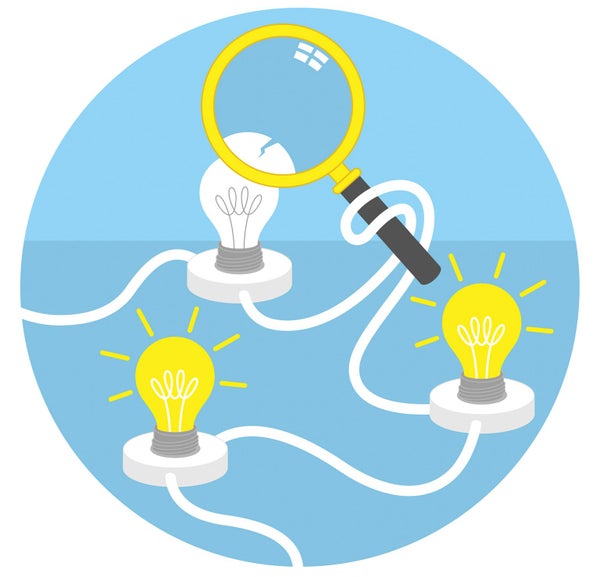From the outside, the main diesel engines on the U.S. Coast Guard cutter vessel Spencer looked normal. But a newly developed sensor system indicated that a bank of heaters, used to warm up the engines before they rumble into action, had failed. When the crew members removed the heaters’ metal cover, they found smoking, corroded wires.
Not only were the heaters incapacitated, “their electrical insulation was starting to fray and crack, on the verge of starting a fire,” says Massachusetts Institute of Technology professor Steven Leeb, who was senior author of a study published in March in IEEE Transactions on Industrial Informatics describing the new system. “Our power monitor was able to detect the gradual changes over the course of a year and saw a time when it failed severely.”
The system relies on a technology called nonintrusive load monitoring (NILM). In ships and buildings alike, many devices are often connected to a single power supply, and each one creates unique changes in the flow of current. A NILM sensor installed at one point in the electrical network can extract these distinct “fingerprints” to determine how much energy each device is using. Although NILM dates back to the 1980s, practical applications have emerged only in the past few years as utilities and independent start-ups began developing smart meters to monitor energy usage in homes and buildings.
On supporting science journalism
If you're enjoying this article, consider supporting our award-winning journalism by subscribing. By purchasing a subscription you are helping to ensure the future of impactful stories about the discoveries and ideas shaping our world today.
The new system processes NILM data and displays the information via dashboards onboard Coast Guard cutters. “The [researchers have] made a usable tool,” says David Irwin, an assistant professor of electrical and computer engineering at the University of Massachusetts Amherst, who was not involved in the study. Whereas many academic NILM projects can be esoteric, Irwin says, Leeb’s team has focused on real-world use, successfully adapting a sensor for commercial applications.
A similar dashboard interface can warn homeowners of failing appliances—and could be critical in industrial or military settings. “The diagnostics work is directed toward detecting when things break—and even better, prognosticating when they may break,” Leeb says. Early detection of the Spencer’s faulty engine component enabled the Coast Guard to replace it while the vessel was still docked.
“Almost nobody likes having something be broken,” he says, but on cutters—or in refineries, chemical-processing operations, manufacturing plants or commercial buildings—one broken part can take down a much larger system in a so-called mission cripple, causing serious and wide-ranging consequences.
